
Male fertility ‘precariously close’ to climate change extinction limits
The loss of fertility in males as a result of climate change, particularly in the tropics, may be a better predictor of vulnerability to extinction
This article was first published on Pursuit. Read the original article
As temperatures rise across the globe, species will increasingly face environmental conditions beyond their tolerance limits, posing a major risk to biodiversity, food production and health.
Understanding how much warming that each species can withstand, which species will be most at risk and their capacity to adapt to warmer conditions is one of the biggest challenges facing biologists today.
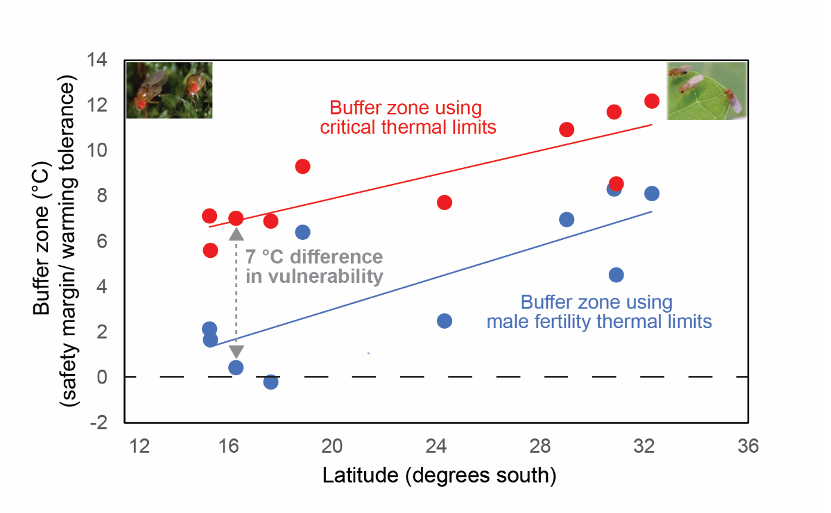
But getting accurate predictions of species risk to climate change is not straightforward.
Some studies have used the buffer zone (or warming tolerance) between maximum habitat temperatures and the temperature at which adults stop moving or die (known as critical thermal limits) to forecast climate change risk across species from different habitats.
These studies suggest that tropical and sub-tropical species may be most at risk to climate warming because they are already experiencing maximum habitat temperatures close to those that incapacitate or kill them.

The complexities of predicting climate change effects
But whether critical thermal limits in adults are good predictors of species’ vulnerability to future climate change is not yet clear.
Emerging evidence suggests that thermal tolerance may be lower in other life-stages, and upper fertility thermal limits (that is, the temperature at which females or males become sterile) may be lower than critical thermal limits.
Although these studies hint that species may be more vulnerable than currently considered, we still do not know to what extent thermal traits are important in dictating current distributions and future vulnerability.
In our recent study, published in Nature Communications, we exposed different species of Drosophila flies to environmental conditions in the laboratory that mimicked climate change.
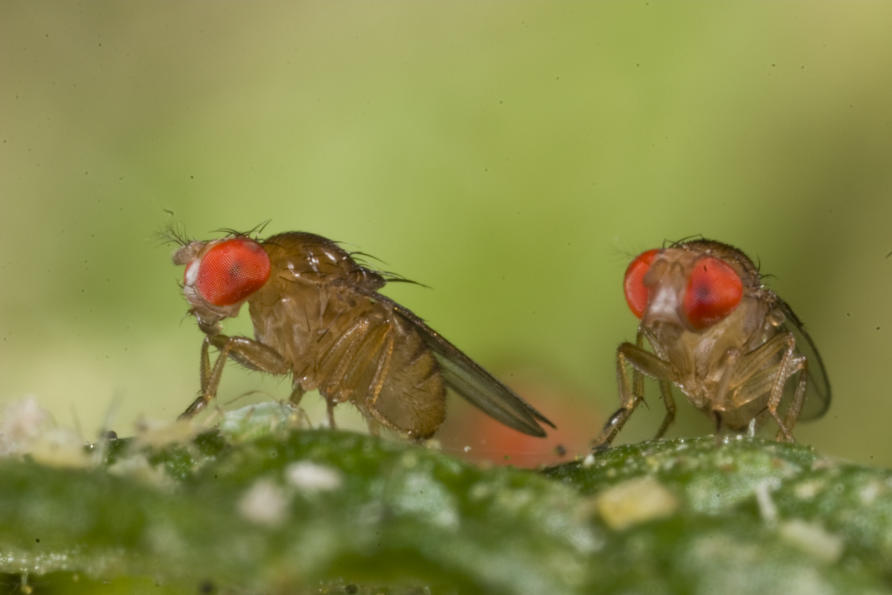
This helped us to examine whether tropical species are more vulnerable to warming and explore which measures of thermal tolerance are better at predicting extinction risk.
By following population growth and extinction, we found that tropical species indeed went extinct at temperatures lower than the widespread species. Despite living in the warm tropics, these species were no more heat tolerant than species with distributions extending much further away from the equator.
However, the loss of fertility in males – which occurs at temperatures much lower than lethal temperatures – was a better predictor of individual climate change vulnerability.
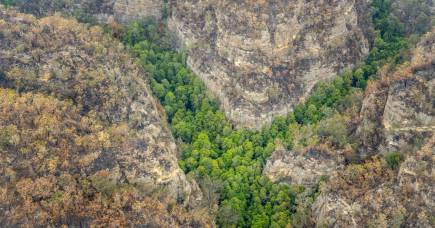
How do we protect our unique biodiversity from megafires?
Although critical thermal limits could accurately assess the geographical distribution of vulnerability (that tropical species are more vulnerable to warming), male fertility limits were much better at estimating individual extinction temperatures, suggesting that critical thermal limits may overestimate extinction risk.
Male fertility thermal limits also showed a greater association with current habitat temperatures and rainfall than critical thermal limits, revealing that male fertility may also be more important for dictating species current distributions.
So, how much closer are species to their male fertility limits than their critical thermal limits?
Some of the rainforest species we examined currently experience maximum habitat temperatures around 7 °C below their critical thermal limit or in other words, their warming tolerance is around 7 °C.
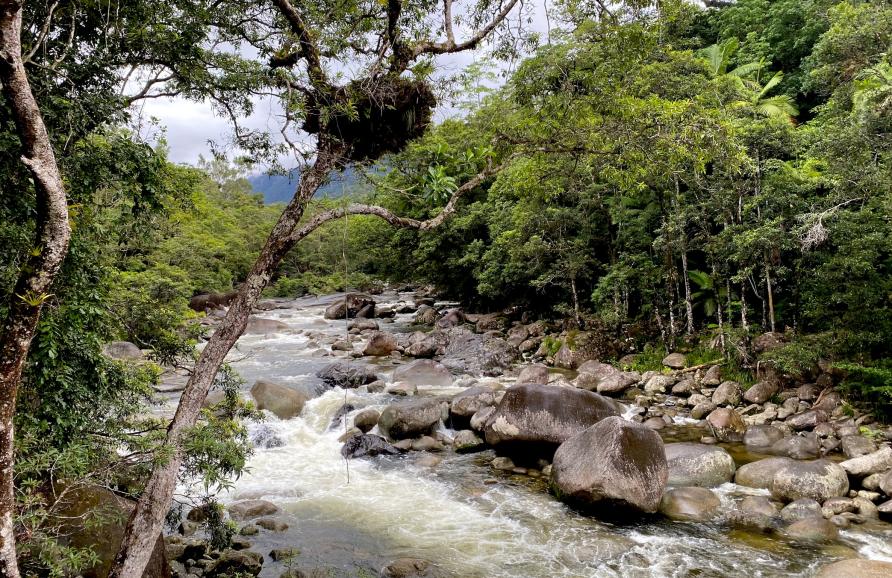
In contrast, some species are already experiencing average temperatures during summer months within 1 °C of their male fertility limit.
So instead of a buffer zone of 7 °C, they may only be able to handle 1°C of warming before populations crash.
Given that species – particularly tropical species – appear to be living precariously close to their male fertility thermal limits, we also explored whether evolution (genetic changes across generations) or plasticity (immediate changes under different environments) might be able to buffer temperature increases.
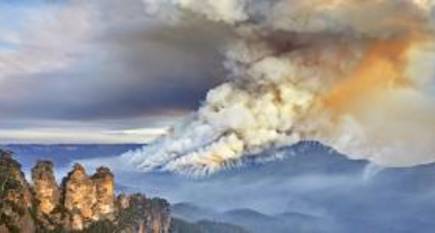
Tracking the climate threat to Australia’s unique ecosystems
We looked for signals of genetic adaptation and plasticity by comparing critical thermal limits (the temperature at which adults stopped moving) and male fertility in the Drosophila lines exposed to simulated climate warming for up to 26 generations as well as lines kept at temperatures reflecting current temperature fluctuations in tropical Australia.
Sadly, we found no increases in male fertility or critical thermal limits in the tropical or the widespread species exposed to warming. This suggests species may have limited adaptive potential to buffer future changes.
These findings, along with other studies pointing to the heat sensitivity of male fertility in organisms beyond Drosophila, suggest that male fertility may be the chink in the armour against climate change.
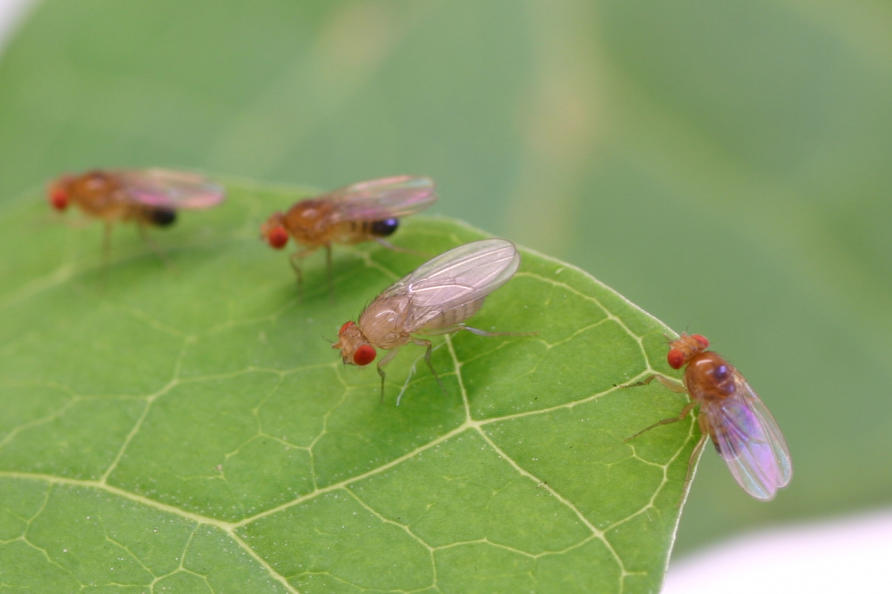
The way we currently estimate climate change vulnerability could be underestimating extinction vulnerability.
Given that many species – particularly tropical species – may be much closer to their thermal limits, the 1.5 to 4 °C of warming currently projected may lead to much more biodiversity loss than most of us probably realise.
Banner: Getty Images